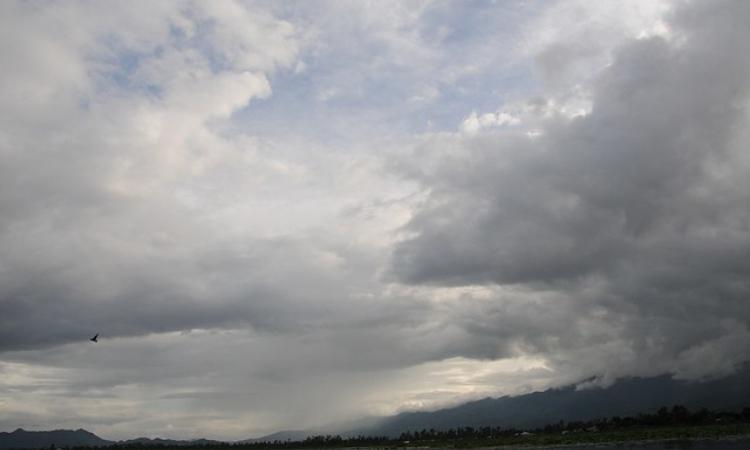
Pune, September 05 (India Science Wire): A team of atmospheric scientists from India, USA and Canada have found that aerosols in the atmosphere can increase the severity of droughts over the Indian subcontinent by as much as 17 per cent during El Nino years.
The team led by Dr. Suvarna S. Fadnavis of the Indian Institute of Tropical Meteorology (IITM), Pune has reported this in a new study published in Scientific Reports.
An aerosol is a suspension of fine solid particles or liquid droplets, in air or another gas. Aerosols can be natural or anthropogenic. Examples of natural aerosols are fog, dust, forest exudates and geyser steam. Examples of anthropogenic aerosols are haze, particulate air pollutants and smoke.1
The El Nino phenomenon, which occurs when there is abnormal warming over the Pacific Ocean – is already considered a deterrent for the Indian monsoon on the ground, because it blocks the flow of moisture-bearing winds from the oceans to the Indian landmass.
The new study has found that it further weakens the monsoon by transporting aerosols from the lower altitudes in the East Asian region up and into the higher altitudes (12-18 km) forming an aerosol layer called Asian Tropopause Aerosol Layer (ATAL) over the South Asian region. It remains hanging over there during monsoon. The thickening of this aerosol layer results in reduction in the amount of solar energy reaching the earth, thus weakening monsoon circulation and increasing the severity of drought conditions.
"The El Niño itself leads to a decrease in rainfall over India and the inclusion of aerosols further amplifies this decrease. Our study reveals that the combined effect of El Nino and aerosols produces an aggravated subsidence in rainfall over the Indian region compared to the individual effect of El Niño. By using satellite observations and a series of model simulations, we found that the severity of droughts during El Niño years over the Indian subcontinent is amplified by 17%," said Dr.Fadnavis.
Noting that in recent decades there has been an increase in the frequency of El Nino events and the frequency of droughts over India, the researchers warned against any further increase in industrial emissions and thus aerosols from both East and South Asia. It can lead to a wider and thicker aerosol layer in the upper troposphere and potentially further amplify the severity of droughts.
"When India is already vulnerable to hydrological and weather extremes, the combined effect of El Nino and aerosols in increasing drought severity will only subject India to more hydrological stress, while affecting agriculture and the livelihood of millions of people. Reducing aerosol emissions is not only essential for improving air quality, but also for reducing drought conditions and avoiding negative consequences for millions of people living in the Indian subcontinent", Dr.Fadvanis added.
Besides Dr. Fadnavis, the study team included T.P. Sabin and Chaitri Roy of the Indian Institute of Tropical Meteorology; Mathew Rowlinson and Alexandru Rap of the School of Earth and Environment, University of Leeds, UK; Jean-Paul Vernier of the National Institute of Aerospace and the NASA Langley Research Center, Virginia, USA, and Christopher E. Sioris of Air Quality Research Division, Environment and Climate Change, Toronto, Canada. (India Science Wire)
References: